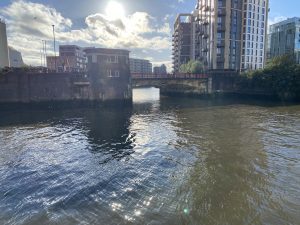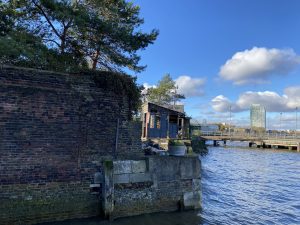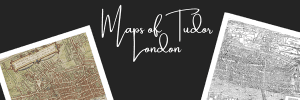Shakespeare’s Globe Theatre in Southwark, is one of the most iconic performance spaces in the world and is known as one of the most important cultural institutions in England’s history.
The Original Globe Theatre
When the original Globe Theatre was built in 1599, it was considered one of the most technologically advanced buildings of its time. It soon became one of the most famous playhouses in England. The theatre was home to many of Shakespeare’s greatest plays, including “Hamlet,” “King Lear,” and “Macbeth.”
The Globe was also the site of some of the most famous performances in English history, including Richard Burbage’s portrayal of Hamlet.
The theatre was destroyed by fire in 1613, but it was rebuilt the following year. The new Globe theatre became even more popular than the original, and it continued to be a major force in English drama until it was finally closed in 1642.
It’s best associated with William Shakespeare.Shakespeare’s playing company, the Lord Chamberlain’s Men, on land owned by Thomas Brend and inherited by his son, Nicholas Brend and grandson, Sir Matthew Brend, and was destroyed by fire 14 years later. It was rebuilt in 1614 and closed in 1642.
I have heard it be suggested that the Globe was built with materials salvaged from a demolished mansion which wouldn’t have been unusual, repurposing building materials from other buildings and even ships was common practice. If this is true, however, it would mean that the theatre has a fascinating history even before it became a venue for Shakespeare’s plays.
The second Globe theatre was considerably larger and could accommodate up to 3,000 spectators. Some historians believe that the original globe theatre may have been built with the specific intention of staging Shakespeare’s plays. The theatre was located in an area of London known as Southwark, which was home to a large number of theatres and brothels.
Rebuilding The Globe Theatre
A modern reconstruction of the Globe, named “Shakespeare’s Globe”, opened in 1997 about 750 feet (230 m) from the site of the original theatre. In 1997, a group of architects and historians decided to rebuild the Globe using traditional methods. They sourced materials from around the world, including oak beams from Poland and Sweden, and clay bricks from China. The project took four years to complete, and the new Globe Theatre opened to the public in 2002.
Why was it named the Globe?
Some historians believe that the original globe theatre may have been round. This would make sense, as the word “globe” comes from the Latin word for “sphere.” A round theatre would also be more efficient, as it would allow for better acoustics and visibility. Additionally, a round theatre would symbolically represent the world itself, bringing a sense of unity to the audience. Whether or not the original globe theatre was actually round, it is clear that the design was ahead of its time. Today, we still build circular theatres and stadiums in order to take advantage of their unique benefits. The next time you’re watching a play or concert, take a moment to appreciate the design of the venue.
Shakespeare’s Globe is now home to some of the best theatrical performances in the world, and it is also a popular tourist destination. Every year, thousands of people visit the theatre to see a play or to take a tour of the historic building. The Globe Theatre is an important part of British culture, and its rebuilding is an inspiration to us all as nowadays it’s one of the most popular tourist attractions in London, and it continues to inspire people with its fascinating history and traditional design.
Listen to Shakespeare-related podcasts:
Episode 50: History of Shoreditch
Episode 85: Shakespeare’s London – Part 1



